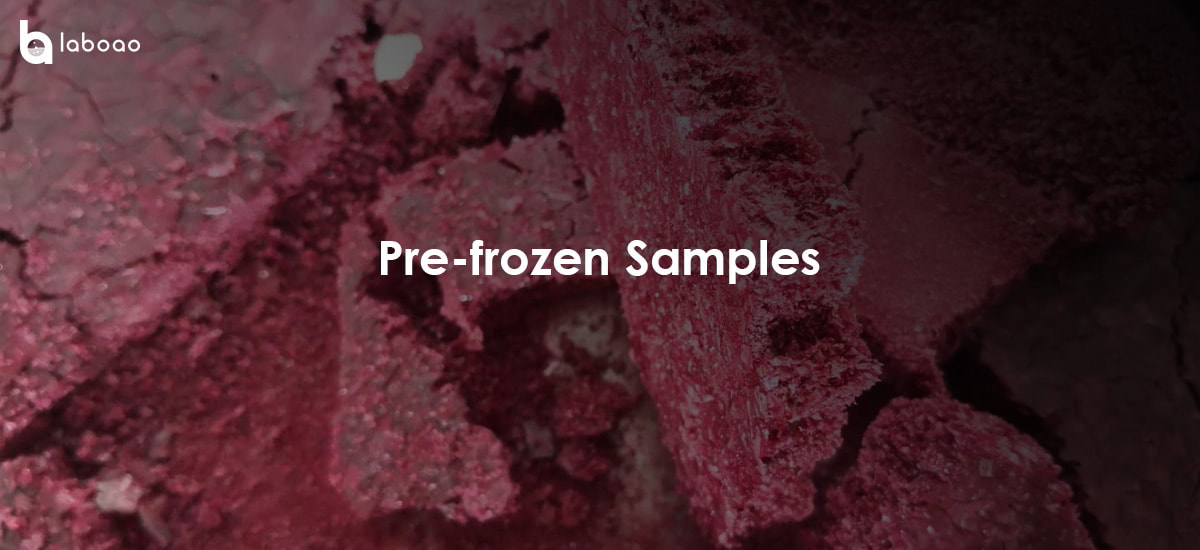
There are three purposes of pre-freezing:
1. Fix the product. If the product fails to freeze into a solid, vacuum directly. Under the action of vacuum refrigeration, when the vacuum reaches a certain level, the air dissolved in the water will "boiling" and bubble, and the product will escape from the container. When the pressure is lower than 6.11mbar, the product freezes into ice, but without a fixed shape, the glass container even breaks and freeze-drying fails.
2. Formation of crystals that are conducive to sublimation. It is known that most freeze-dried products are solutions, and may contain more than one ingredient. Some also contain biologically active substances such as proteins and organisms. When frozen, they may form a glass state. The product is drying. After a period of time, the upper drying layer and the lower freezing layer will form. When the product of the frozen layer continues to dry, the sublimated airflow must pass through the drying layer. Because the glass state has almost no gaps, the sublimation airflow has no channels, and the continued drying of the product will be affected. Affected, drying failure.
3. Ensure that all products have the same fine structure. When freeze-drying, all products should usually be frozen to a certain low temperature. The temperature in the box is generally 5 ℃ and continues for a period of time to ensure that all products reach the same temperature before cooling down together. Freezing makes the freezing process of all products exactly the same, preventing uneven product structure and color differences. In order to prevent the product from bubbling during sublimation under vacuum, the pre-freezing temperature must be lower than the eutectic point temperature of the product, and generally should be at least 5°C lower than the eutectic point temperature of the product.
The pre-freezing stage is carried out under normal pressure. The pre-freezing process is a process of transformation from a liquid phase to a solid phase. It is also an exothermic process. The freezing process of the product needs to overcome the heat of fusion released by the product during the freezing process. The heat (heat of fusion) is transferred to the slab through radiation, conduction, and convection. The slab is transferred to the silicone oil, and the heat of the silicone oil is taken away by the freezer. Therefore, the pre-freezing needs to be maintained for a certain period of time, the length of time and the amount of loading It is related to the container and also related to the eutectic point of the product. For products with low eutectic point, it takes longer to reach a low temperature. The pre-freezing time is generally 2-3 hours below the eutectic point 5 ℃. At the same time, in order to improve the heat transfer between the board and the product, the contact area between the product container and the board should be increased as much as possible, and the transfer level should be reduced.
The freezing rate in the pre-freezing stage will affect the size of the ice crystals and therefore the quality of the dried product. During the freezing process, the number and size of ice crystals are affected by two factors, namely nucleation rate and crystal growth rate, both of which are affected by temperature.